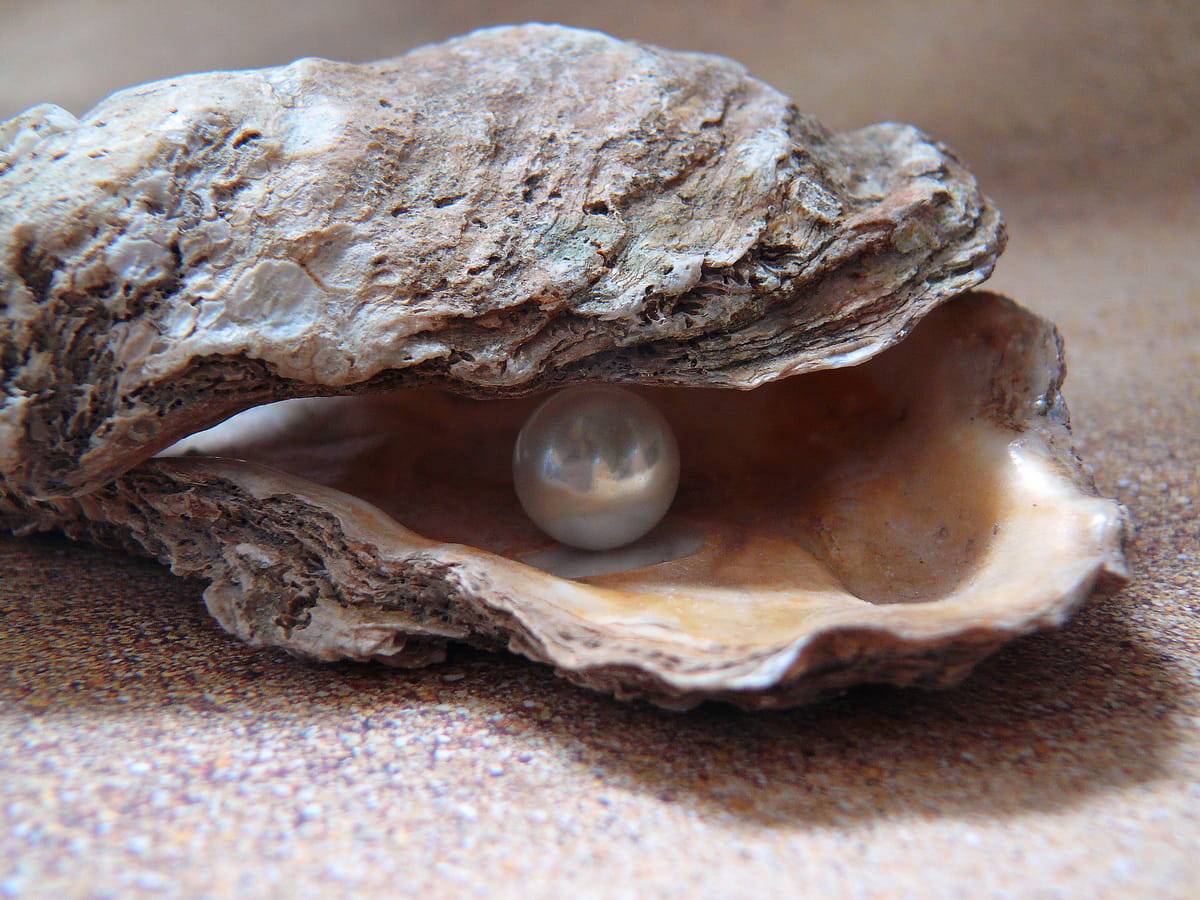Pearls have enthralled civilizations for over 4,000 years. Originating as far back as 2300 B.C. in ancient China, they were prized by royalty and the elite. The pearl’s journey through history is marked by notable events like Cleopatra’s legendary banquet in 41 B.C., where she allegedly dissolved a pearl in vinegar to prove Egypt’s wealth.
During the Roman Empire, pearls were such a status symbol that the Julian law of 1st century B.C. restricted their wear to the ruling classes. Beyond their historical allure, pearls are a natural phenomenon, with each color and shape revealing a unique story about its origin.
Delving into these fun facts about pearls unveils a fascinating blend of nature’s artistry and human history.
1. The Birth of a Pearl: A Natural Marvel
Pearls form over several years, a process initiated when an irritant enters a mollusk. The mollusk coats this irritant with nacre, and a natural pearl takes about 5-10 years to form, unlike cultured pearls which can develop in 1-3 years.
The luster and size of a pearl depend on the nacre’s quality and the time spent in the mollusk. For instance, the famous “La Peregrina,” a 500-year-old pearl, grew to an astonishing 50.56 carats due to its prolonged formation period.
2. Cleopatra’s Pearl Banquet: A Legendary Feast
Cleopatra’s feast, dated around 41 B.C., showcased a pearl worth 10 million sesterces. She aimed to demonstrate Egypt’s immense wealth by dissolving the pearl in vinegar. This pearl likely came from the Red Sea, famous for its pearl fisheries in antiquity.
The size and value of this pearl reflect the rarity and significance of pearls in ancient times, where such large and perfect specimens were a symbol of ultimate luxury and power.
3. Pearls: A Symbol of Wealth Through History
Throughout history, pearls have been synonymous with affluence. In Ancient Rome, pearls were so coveted that the Julian law of the 1st century B.C. restricted their use to the ruling class. The 1500s, known as the ‘Pearl Age’ in England, saw pearls as a staple in royal attire.
This trend continued into modern times, with a notable event in 1916 when Jacques Cartier acquired his New York store by trading two pearl necklaces valued at over $1 million today.

Image: mavink.com
4. The Unique Colors of Pearls: Beyond Classic White
Pearl colors, influenced by the mollusk species and environmental factors, range from white to exotic shades like black, gold, and blue. The black Tahitian pearl, primarily from the Pinctada margaritifera oyster, is a rare find. Similarly, the golden South Sea pearl, cultivated in the Philippines and Indonesia, is highly valued.
The color diversity is attributed to the mollusk’s genetics and the environment in which it lives, adding to each pearl’s uniqueness and rarity.
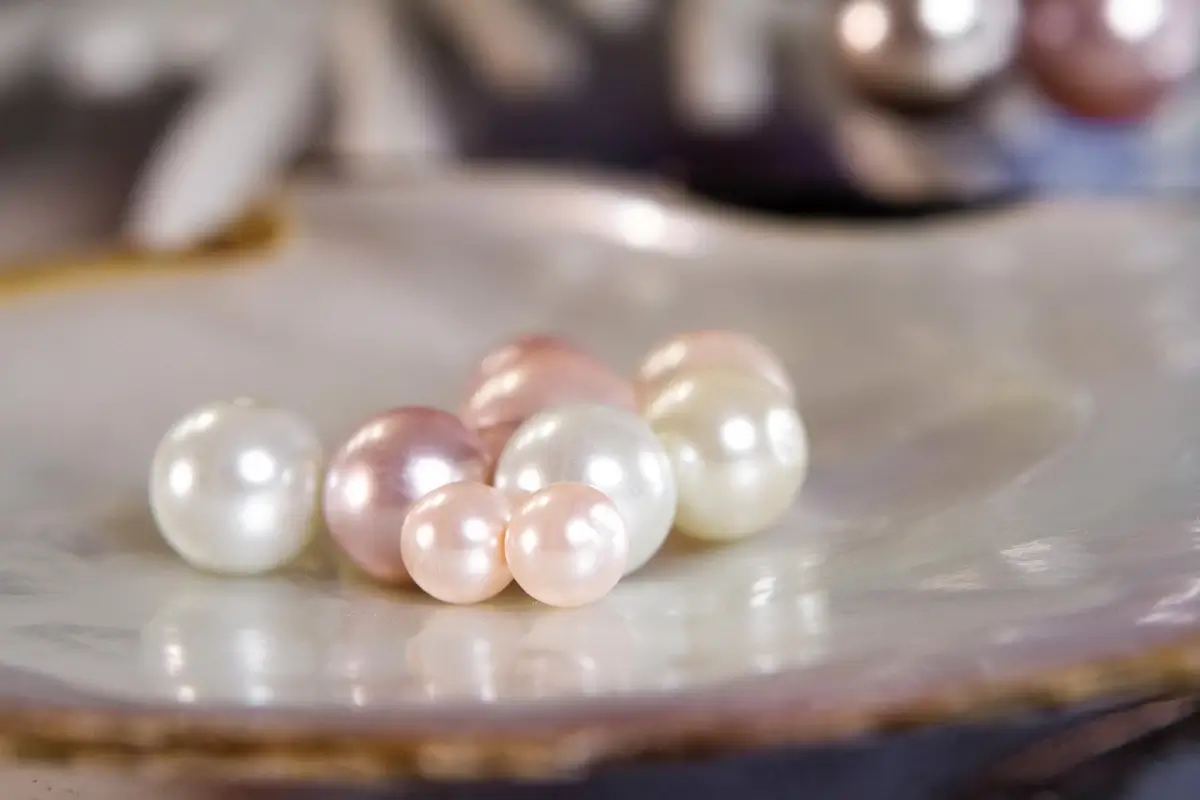
Image: a-z-animals.com
5. The World’s Largest Pearl Discovery
The largest pearl ever discovered, known as the “Pearl of Lao Tzu” or “Pearl of Allah,” was found in the Philippines in 1934. This gargantuan pearl weighs an incredible 6.4 kilograms (14 pounds) and measures 24 centimeters in diameter. Unlike typical round pearls, it has an irregular shape, resembling a human brain.
The pearl was found inside a giant clam and is estimated to be over 600 years old. Its discovery not only highlights the sheer range of pearl sizes but also the mysteries hidden in the depths of the oceans.
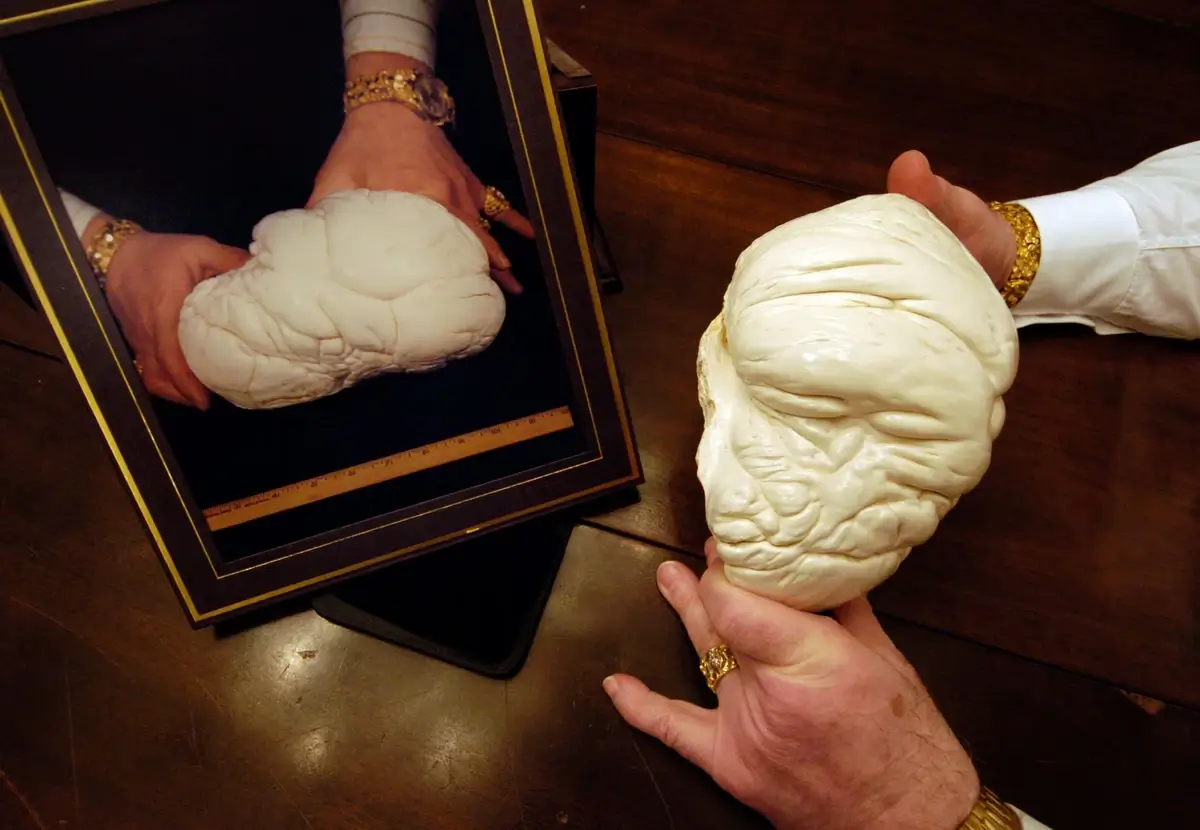
Image: pinimg.com
6. Cultured Pearls: Revolutionizing the Pearl Industry
The invention of cultured pearls in the early 20th century by Kokichi Mikimoto transformed the pearl industry. Before this, pearls were rare and harvested from wild oysters, making them accessible only to the wealthy.
Mikimoto’s technique, patented in 1916, involved inserting a small bead or piece of tissue into an oyster to stimulate pearl production. This innovation made pearls more affordable and available, democratizing their allure and ensuring their preservation as a natural resource.
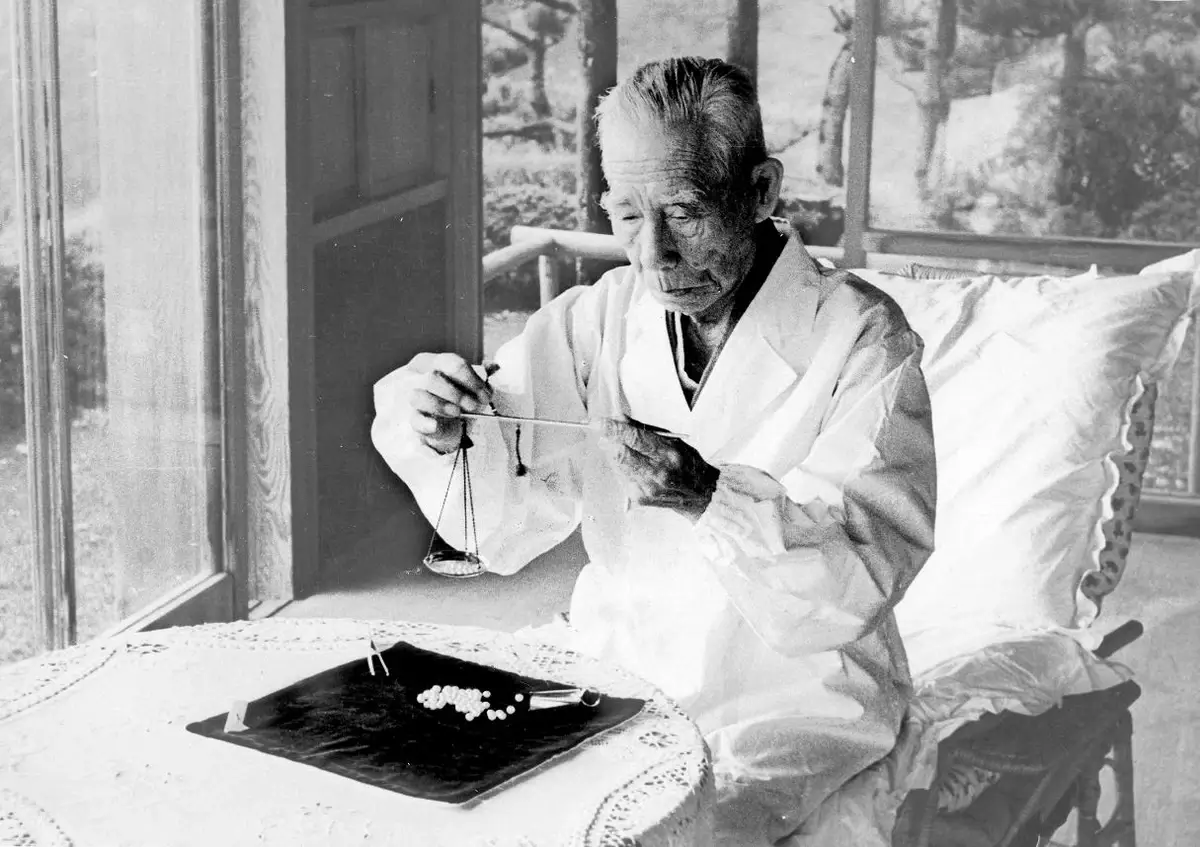
Kokichi Mikimoto with his cultured pearls. Image: iconiq.cz
7. Pearls in Modern Fashion: A Timeless Accessory
Pearls have remained a staple in fashion for centuries. In the 20th century, icons like Coco Chanel and Audrey Hepburn popularized them, embodying elegance and sophistication. Pearls have evolved from classic strands to modern designs, showcasing their versatility. Designers like Dior and Chanel continue to incorporate pearls in contemporary fashion, proving their timeless appeal.
The 21st century sees pearls in diverse uses, from casual wear to high fashion, maintaining their status as symbols of elegance.
Image: pearljewelleryonline.com
8. The Varied Shapes of Pearls: Not Just Round
Pearls come in various shapes: round, semi-round, oval, button, drop, baroque, and circled. The value traditionally lies in the round pearls, but other shapes are gaining popularity for their unique appeal. Baroque pearls, with their irregular shapes, are particularly sought after for bespoke jewelry.
These diverse shapes result from the pearl’s position in the mollusk and the nature of the nacre deposition, each telling a unique story of its formation.
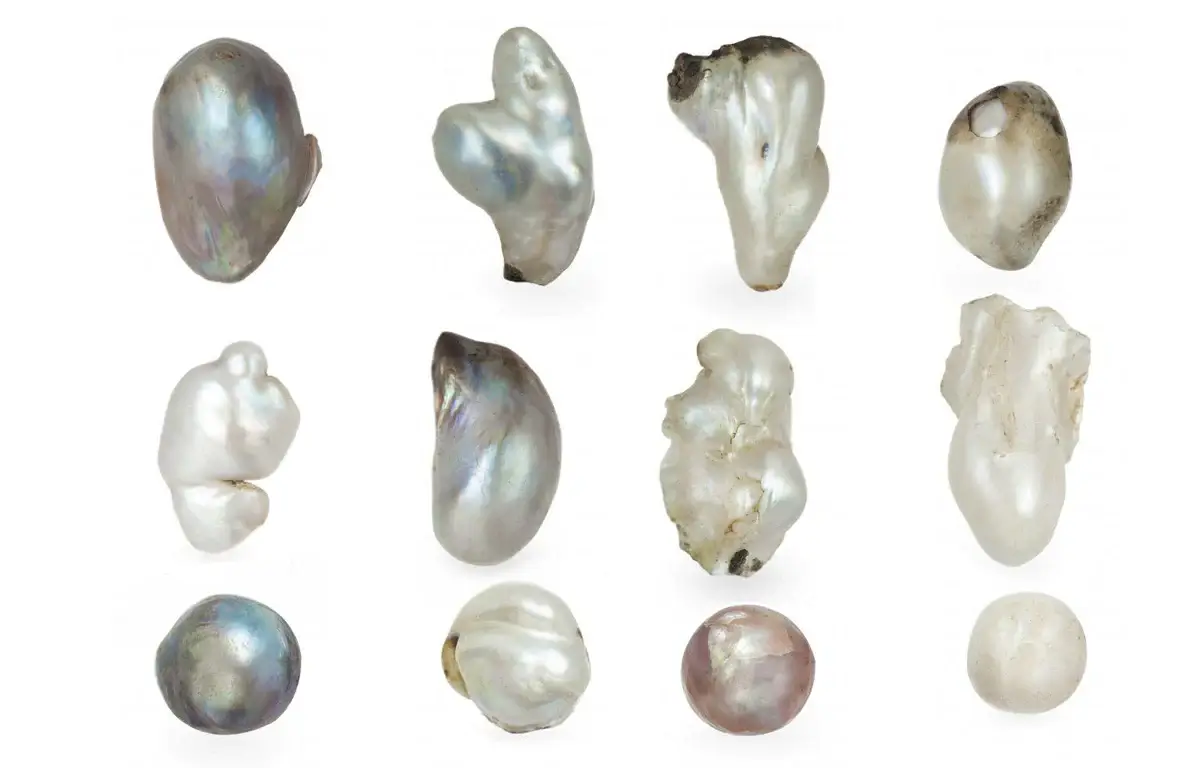
Image: jogani.com
9. Pearls in Literature and Mythology
Pearls have a rich presence in literature and mythology, symbolizing purity, wisdom, and wealth. In Greek mythology, pearls were believed to be tears of joy shed by Aphrodite, the goddess of love. The famous “Pearl Poet” of the 14th century wrote an allegorical poem titled “Pearl,” emphasizing their symbolic value in medieval literature. Shakespeare frequently used pearls in his works, like in “Hamlet,” where a pearl plays a pivotal role in the plot.
These literary and mythological references underline pearls’ enduring symbolic power across cultures and times.
10. Pearls as an Ancient Currency
Pearls were not just ornaments but also a form of currency in ancient times. The Gulf region, particularly the Persian Gulf, was renowned for pearl fisheries, and pearls played a significant role in trade. As early as 3000 B.C., pearls were used in barter transactions in China and India.
This use of pearls as a medium of exchange underscores their intrinsic value and the high esteem in which different cultures held these gems.
11. The Science Behind Pearl Formation
Pearl formation is a fascinating example of nature’s response to irritation. When a foreign substance enters a mollusk, it triggers a defensive response where the mollusk secretes layers of nacre, composed of aragonite and conchiolin. This process is slow and meticulous, with each layer adding to the pearl’s luster.
The science of pearl formation, known as encystation, varies slightly between freshwater and saltwater mollusks, affecting the pearl’s final appearance. Understanding this process illuminates the complex interplay between biology and the creation of beauty.
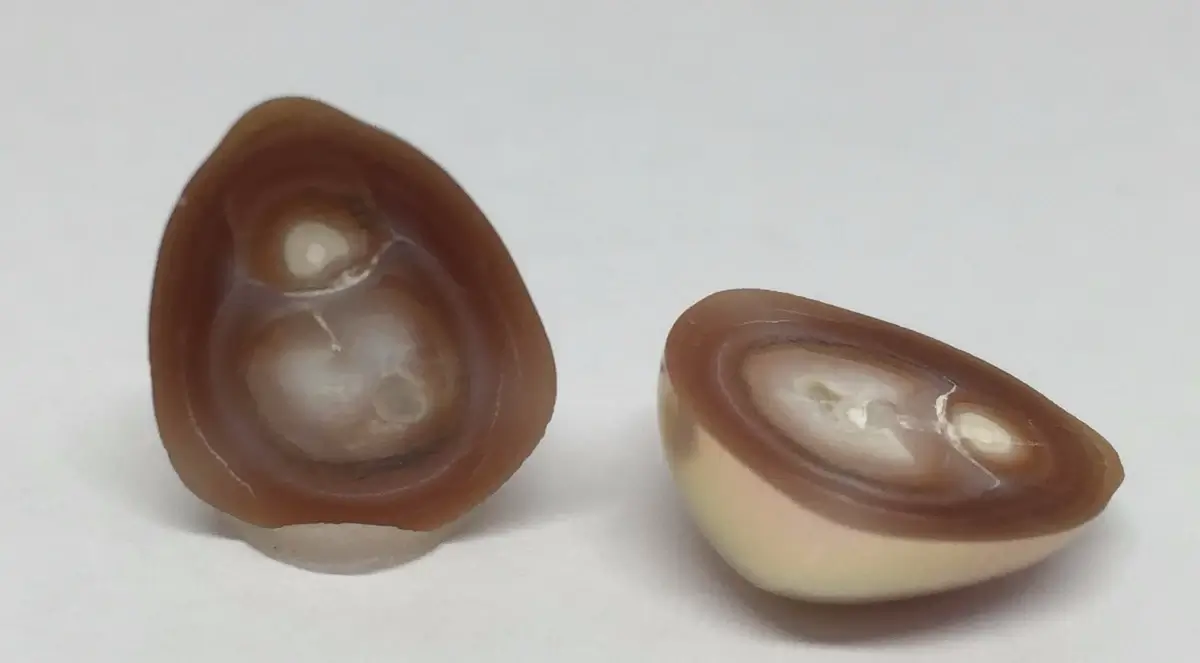
A cultured freshwater pearl, cut in half to reveal its cross section, provided by Little h Jewelry in Los Angeles. Image: pearlsasone.org
12. Rare and Exotic Pearls: From Black to Pink
The rarity and uniqueness of pearls extend to their diverse colors. Black pearls, primarily from the Tahitian pearl oyster, are among the most coveted. These pearls get their color from the oyster’s black lip. Pink pearls, often sourced from the queen conch in the Caribbean, are equally rare and sought after.
The availability of these rare pearls is limited, making them highly valuable. Each color and type of pearl offers a glimpse into the unique environmental and biological conditions from which they emerge.
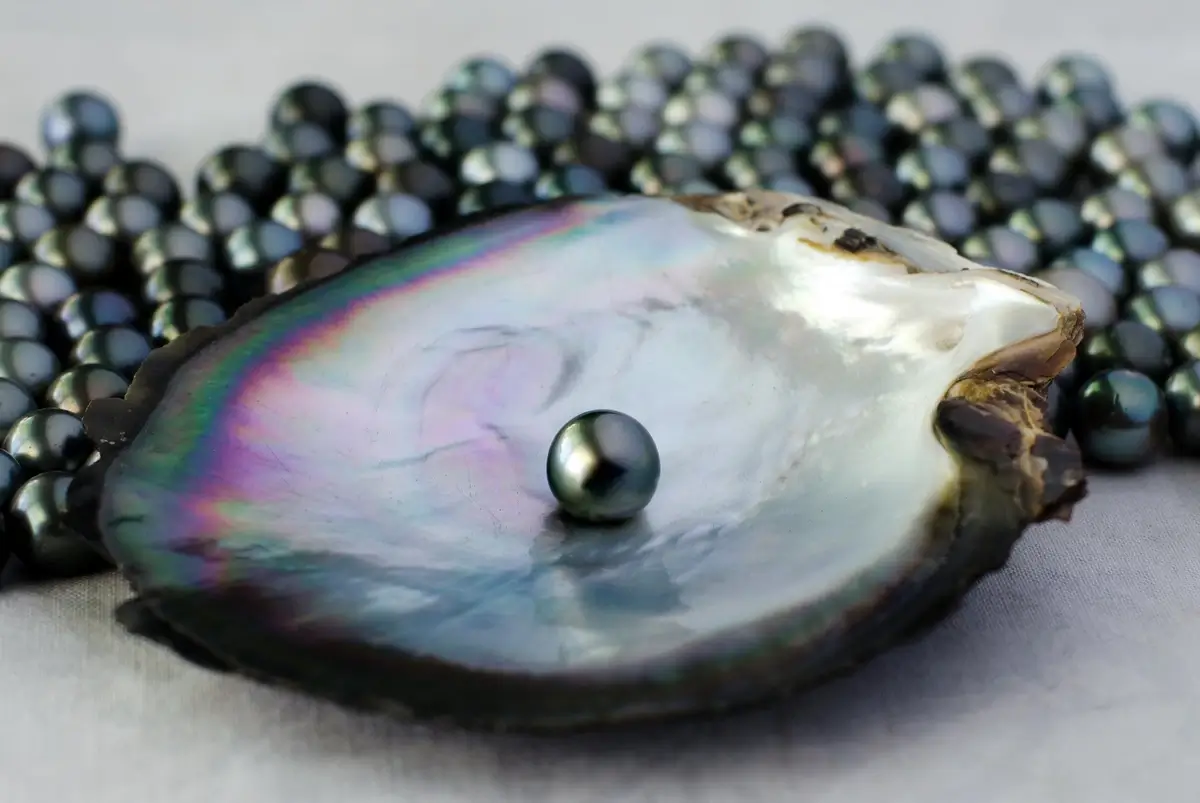
Image: arrivalguides.com
13. Pearl Harvesting: A Delicate Process
Pearl harvesting is a meticulous and delicate process, requiring skill and precision. In natural pearl diving, divers must carefully select oysters with potential pearls, a task that demands knowledge and experience. The introduction of cultured pearls has made harvesting more predictable, but it still involves careful nurturing and monitoring of the oysters.
The process of extracting the pearl must be done without harming the oyster, often allowing it to produce more pearls. This sustainable approach is vital for the longevity of the pearl industry.
14. The Historical Significance of Pearl Diving
Pearl diving, an ancient practice, holds immense historical and cultural significance, especially in regions like the Persian Gulf and Japan. It was not only an economic activity but also a cultural heritage, with skills and traditions passed down through generations.
In the Persian Gulf, pearl diving was the backbone of the economy before the oil era, shaping the social and cultural fabric of the region. Similarly, in Japan, the Ama divers, predominantly women, have been diving for pearls for over 2,000 years, representing a unique matriarchal aspect of the pearl industry.
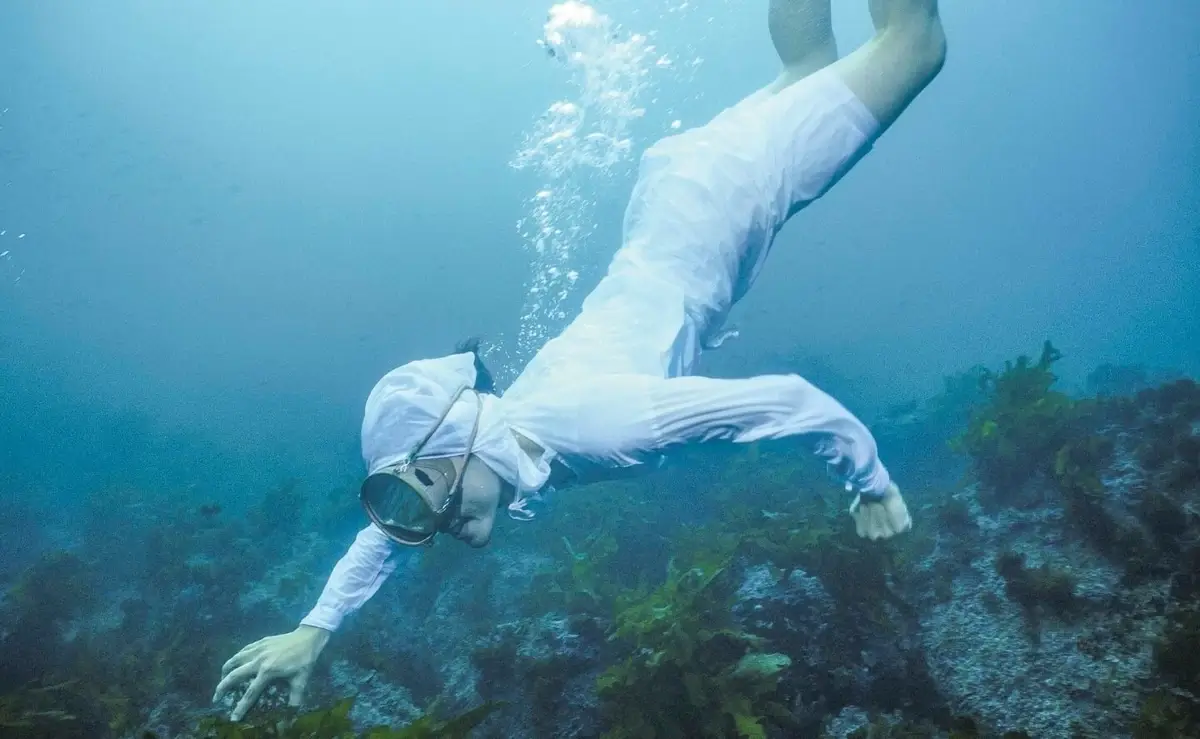
Image: kurmanov.com
15. Famous Pearls and Their Stories
Several pearls have achieved legendary status due to their size, beauty, and intriguing histories. The “Hope Pearl,” one of the largest and most famous pearls, weighs approximately 450 carats and has a unique history of ownership, including Henry Philip Hope.
Another renowned pearl, “La Peregrina,” found in the 16th century in Panama, passed through Spanish royalty and was later owned by Elizabeth Taylor.
These pearls, with their rich histories, showcase the allure and mystique that have surrounded these gems for centuries.
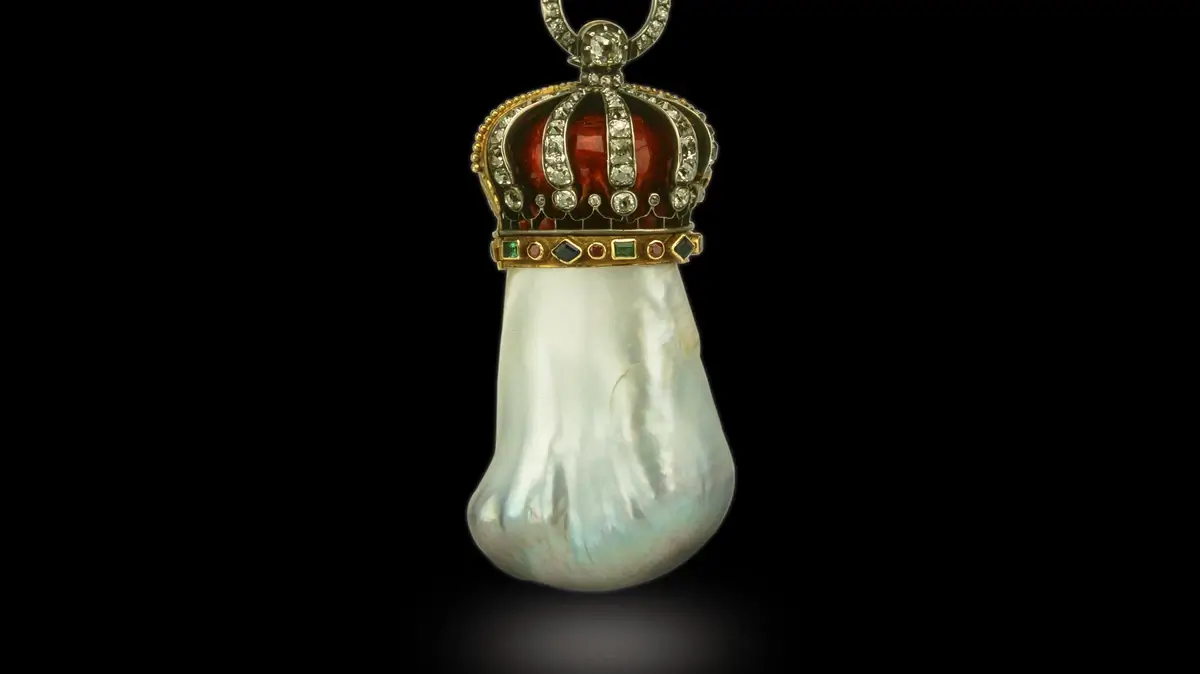
Image: winterson.co.uk
16. Pearls in Art and Religion
Pearls have a significant presence in art and religion, symbolizing purity, wisdom, and wealth. In Christian iconography, the Virgin Mary is often depicted adorned with pearls, signifying purity and divine wisdom. The Renaissance art frequently featured pearls to denote status and luxury. In Islam, pearls are mentioned in the Quran as symbols of paradise and are used to convey beauty and spirituality.
These symbolic representations in various cultures and religions underscore the pearl’s universal appeal and rich symbolic language.

Image: artsandculture.google.com
17. The Durability of Pearls: A Fragile Beauty
Despite their lustrous beauty, pearls are relatively fragile. They rank 2.5 – 4.5 on the Mohs scale of hardness, making them susceptible to scratches and damage. Pearls are also sensitive to chemicals and extreme conditions. Their organic nature means they can deteriorate over time if not cared for properly.
This fragility adds to the pearls’ value, as it requires careful handling and maintenance, making them all the more precious.
18. The Environmental Impact of Pearl Farming
Pearl farming, both cultured and natural, has environmental implications. On one hand, pearl farming can promote marine conservation, as oysters require clean, healthy water to produce high-quality pearls. However, there’s also the risk of disrupting local ecosystems if farms are not managed sustainably. The introduction of foreign species and over-farming can harm local marine life.
Sustainable practices in pearl farming are crucial for minimizing environmental impact and ensuring the industry’s longevity.

Image: spc.int
19. Pearls in Traditional Medicine and Beliefs
Pearls have been used in traditional medicine and are steeped in cultural beliefs across various societies. In ancient China, crushed pearls were used in medicines for their supposed healing properties. In Ayurveda, the traditional Indian system of medicine, pearls are believed to have calming and detoxifying effects. Cultural beliefs often attribute pearls with mystical powers, such as bringing good fortune and warding off evil.
The incorporation of pearls in traditional medicine and beliefs illustrates their significance beyond mere adornment.
20. The Economics of Pearls: A Market Overview
The pearl market, estimated at $4 billion as of 2023, has seen a shift from natural to cultured pearls, with over 99% of pearls sold being cultured. Japan, once the leader in cultured pearl production, now faces competition from China, the largest producer of freshwater pearls.
The price of pearls can range from $300 to $1500 per strand for freshwater pearls and up to $10,000 for high-quality Akoya pearls. Factors such as size, shape, and origin (like the coveted South Sea pearls from Australia) significantly influence market value.
21. Pearls in Royal Jewelry and Crowns
Pearls have long been a symbol of regal elegance and prestige. The Imperial State Crown of England, steeped in history, includes pearls that were once part of Queen Elizabeth I’s collection, dating back to the 16th century. In the realm of Russian royalty, the Imperial Crown of Russia, crafted in the 18th century for Catherine the Great’s coronation, is embellished with a notable number of pearls, enhancing its opulent design.
These pearls, set in crowns of such historical significance, not only accentuate their beauty but also embody the enduring legacy and authority of monarchies.
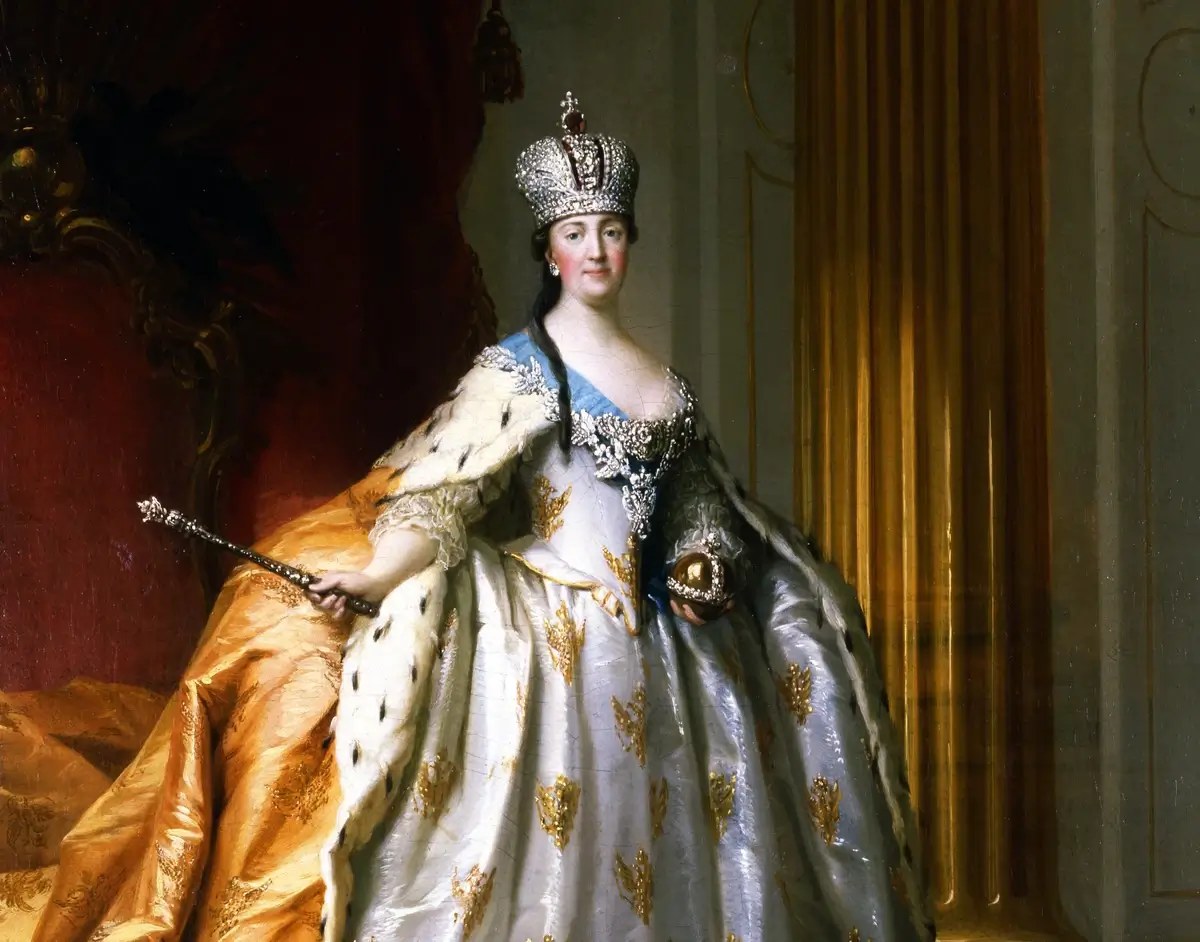
Catherine the Great – the Empress of Russia from 1762 until 1796. Image: thecourtjeweller.com
22. Innovations in Cultured Pearl Production
Cultured pearl production has evolved dramatically since the early 1900s. Innovations include the development of bead-nucleated freshwater pearls in China, drastically increasing output to over 1,500 tons annually. Biotechnology advances have enabled the cultivation of larger pearls with improved luster, with some South Sea pearls reaching sizes of 20mm in diameter.
These innovations have expanded the variety and availability of pearls, making them more accessible to a broader audience.
23. The Geographic Distribution of Pearl Oysters
Pearl oysters thrive in specific marine environments. The Pinctada maxima oyster, found in the waters of Australia, Indonesia, and the Philippines, is known for producing South Sea pearls, the largest and most valuable.
The Persian Gulf was historically the center of natural pearl fishing, contributing significantly to the economies of Gulf countries until the early 20th century.
Today, the global distribution of pearl oysters is crucial for biodiversity and economic reasons, with each region imparting unique characteristics to its pearls.
24. Pearl Grading: Understanding Quality and Value
Pearl grading is a sophisticated process, crucial for determining a pearl’s market value. The Gemological Institute of America (GIA) uses a grading system that considers seven value factors: size, shape, color, luster, surface quality, nacre quality, and matching (for pearl strands). For instance, Akoya pearls are highly valued for their luster and roundness, often reaching prices of several thousand dollars for top-quality strands.
The difference in value between a high-grade pearl and a lower-grade one can be substantial, sometimes several hundred percent.
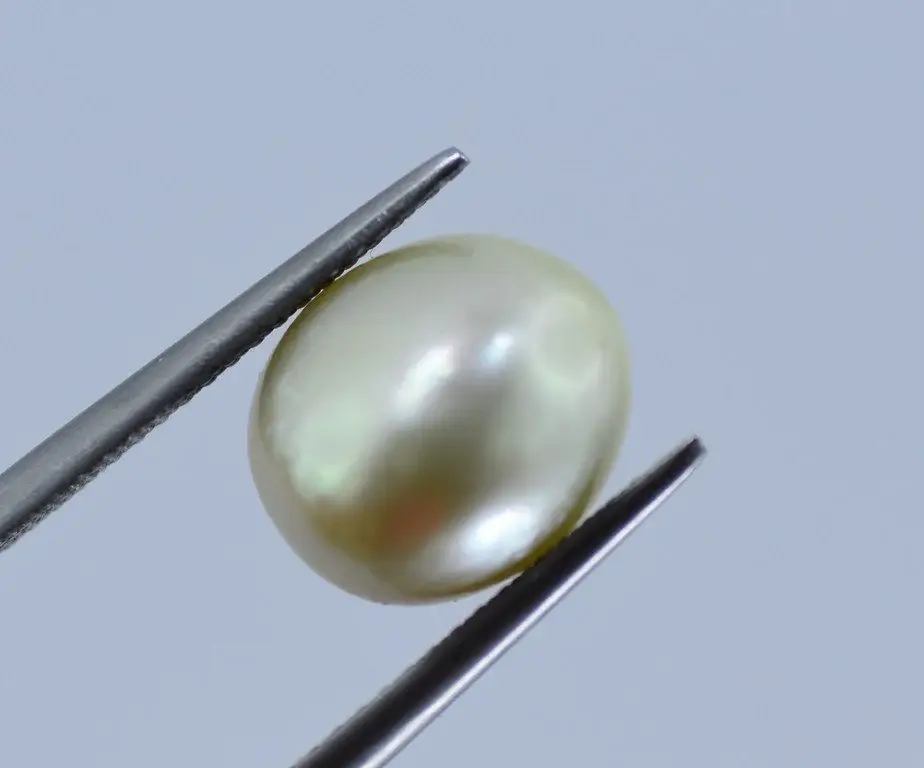
Image: gemsociety.org
25. Pearls and Advanced Imaging Techniques: A New Era in Pearl Analysis
The pearl industry is undergoing a transformation with the integration of advanced imaging techniques. Utilizing high-resolution photography and computerized tomography (CT) scans, experts can now analyze the internal structure of pearls without invasive methods. This technology, emerging prominently since the early 2020s, provides detailed insights into the nacre thickness, layering, and even potential flaws, which are crucial for grading and valuation.
By offering a non-destructive way to study pearls, these imaging techniques are setting a new standard in pearl assessment, combining the finesse of traditional expertise with the precision of modern technology.
FAQ
What are unique features of the pearl?
Pearls are unique among gemstones because they are the only ones formed within a living creature. Unlike other gems, they require no cutting or polishing to reveal their natural beauty. Pearls have a distinct luster, known as ‘orient,’ which is the deep, iridescent glow that seems to emanate from within. Their formation process, involving layers of nacre deposited around a foreign substance, gives each pearl a unique shape, size, and color.
Why are pearls so expensive?
Pearls are expensive due to their rarity, the time it takes for them to form, and the labor-intensive process of culturing and harvesting them. Natural pearls, formed without human intervention, are particularly rare and valuable. The quality of a pearl, including its luster, size, shape, and color, also determines its value. Additionally, certain types of pearls, like the South Sea and Tahitian pearls, are more costly due to their larger size and unique colors.
Which pearl is the rarest?
The rarest pearl type is the natural South Sea pearl, particularly those with a golden color. These pearls are produced by the Pinctada maxima oyster species, native to the waters of Australia, Indonesia, and the Philippines. Their rarity is due to the limited number of oysters able to produce them, the extended time required for their formation, and the challenges of harvesting in natural environments.
Do pearls have any benefits?
Apart from their aesthetic appeal, pearls have been attributed with various symbolic benefits. In different cultures, pearls are believed to bring wisdom, wealth, and good fortune. In traditional Chinese medicine, pearls have been used for centuries for their purported calming and healing properties. However, these benefits are more cultural and symbolic rather than scientifically proven.
Why are pearls so perfect?
The perceived perfection of pearls comes from their lustrous sheen and often symmetrical shape, especially in high-quality cultured pearls. This perfection is a result of the meticulous layering of nacre around the nucleus in the oyster. However, not all pearls are perfectly round or flawless; many have unique shapes and textures, which are also prized for their distinct beauty.
Why do we love pearls?
Pearls have been loved for centuries for their understated elegance and timeless appeal. They are versatile, fitting both formal and casual attire, and they have a rich history and cultural significance. Pearls are also admired for their natural creation process and the unique result of each pearl’s formation, making each one a one-of-a-kind treasure.
Are pearls extremely rare?
Natural pearls are extremely rare, as they form spontaneously in the wild without any human intervention. The rarity is compounded by the fact that only a small percentage of oysters produce pearls, and even fewer produce pearls that are of gemstone quality. Cultured pearls are more common but still require precise conditions and considerable time to produce, contributing to their value and desirability.


